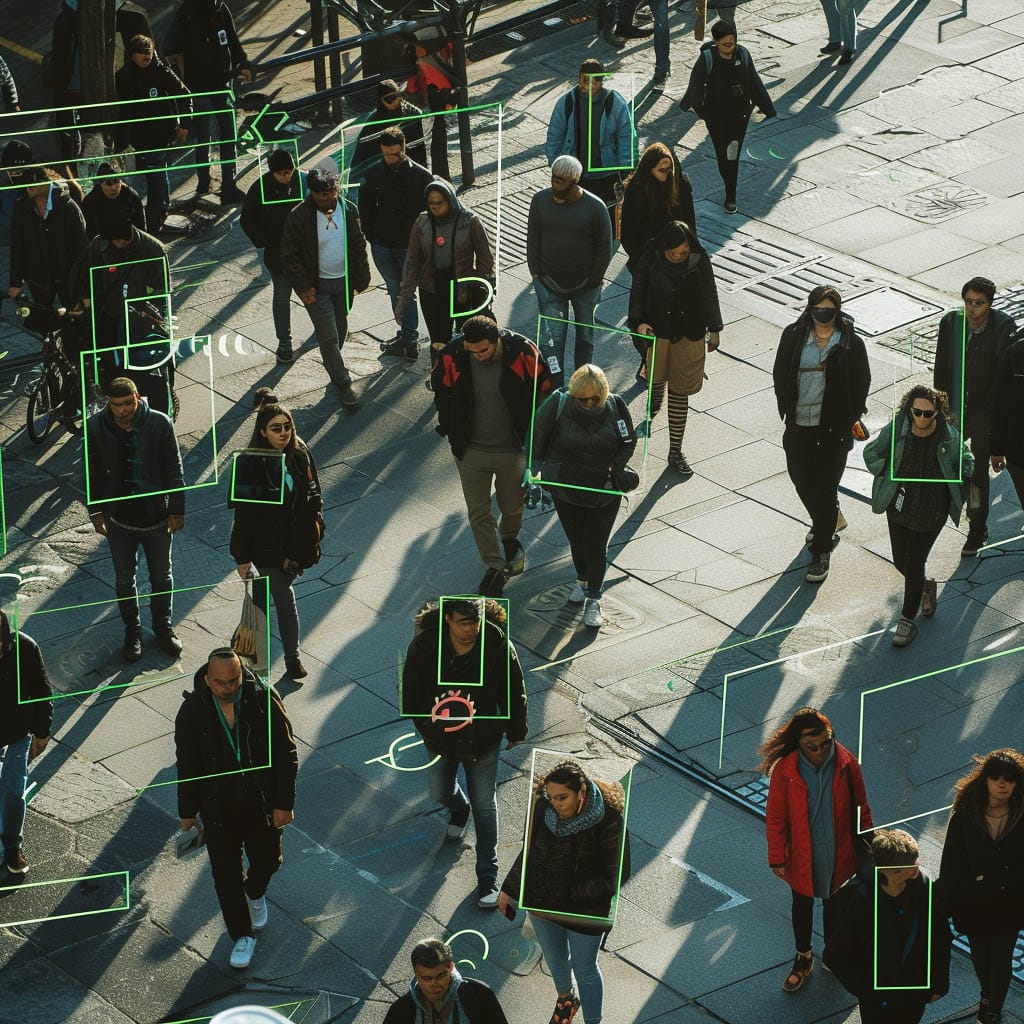3 - What Measures Should I Take Regarding Data Privacy and Security?

As we step into 2025, the rapid expansion of the digital world has heightened the importance of data privacy and security. Protecting the data that companies possess has become critical not only for legal compliance but also for maintaining customer trust.
The use of data, which lies at the heart of digital marketing strategies, also brings significant responsibilities. Strong encryption techniques, comprehensive data protection policies, and regular security audits are fundamental steps that need to be taken to fulfill these responsibilities. Let's examine the measures companies should take regarding data privacy and security, and how these measures can ensure compliance with legal regulations while also increasing customer trust.

Why Are Data Privacy and Security Important?
Data privacy and security stem from the need to protect sensitive information of individuals and organizations. This information can include personal data, financial records, trade secrets, and other critical data. Data breaches can lead to financial losses, reputational damage, and legal issues. Therefore, measures taken to ensure data privacy and security are central to information security strategies.
Measures to Ensure Data Privacy and Security

How to Implement Strong Encryption Techniques?
Encryption ensures that data is protected from unauthorized access. Strong encryption techniques ensure the secure storage and transmission of data.
- Asymmetric and Symmetric Encryption: Asymmetric encryption uses two different keys (private and public keys), while symmetric encryption uses the same key. Both methods enhance data security.
- Encryption Protocols: Encryption protocols like SSL/TLS ensure the secure transmission of data over the internet.

How to Create Data Protection Policies?
Data protection policies define and regulate an organization’s data security strategies. These policies cover the processes of data collection, processing, and storage.
- Data Classification: Classifying data according to sensitivity levels helps determine which data requires more protection.
- Access Controls: Access controls ensure that only authorized individuals can access specific data, helping to prevent data breaches.
- Data Retention and Disposal: Storing data for a specified period and securely disposing of it when it is no longer needed is part of data protection policies.

How to Conduct Regular Security Audits?
Security audits evaluate the effectiveness of information security systems and identify potential vulnerabilities.
- Internal Audits: Conducted regularly within the organization, internal audits ensure compliance with security policies.
- External Audits: Performed by independent audit firms, external audits offer an unbiased perspective and provide more comprehensive security evaluations.
- Penetration Testing: Conducted by ethical hackers, penetration tests are used to identify and fix security vulnerabilities in systems.

How to Implement User Training and Awareness Programs?
User errors are one of the most common causes of data breaches. Therefore, educating users on data security is of great importance.
- Training Programs: Users should be regularly provided with data security training. These sessions should cover topics like creating strong passwords, recognizing phishing attacks, and safe internet practices.
- Awareness Campaigns: Awareness campaigns raise awareness among users about data security threats and inform them on how to apply security measures.
Developing Data Privacy and Security Strategies

How to Implement Strong Password Policies?
Strong passwords play a crucial role in preventing unauthorized access.
- Password Complexity: Passwords should be at least eight characters long and include uppercase and lowercase letters, numbers, and special characters.
- Password Renewal: Regularly changing passwords enhances security.
- Two-Factor Authentication: Adding an extra layer of security, two-factor authentication verifies the user's identity.
How to Use Security Software?
Security software protects systems against malware and other threats.
- Antivirus Software: Protects systems from viruses, trojans, and other malicious software.
- Firewalls: Block unauthorized access and monitor network traffic.
- Updates and Patches: Software updates and security patches enhance system security and fix known vulnerabilities.
Data privacy and security involve measures to protect the critical information of individuals and organizations. Strong encryption techniques, data protection policies, regular security audits, and user training are fundamental elements in ensuring data security. By implementing these strategies, it is possible to prevent data breaches and enhance information security.



